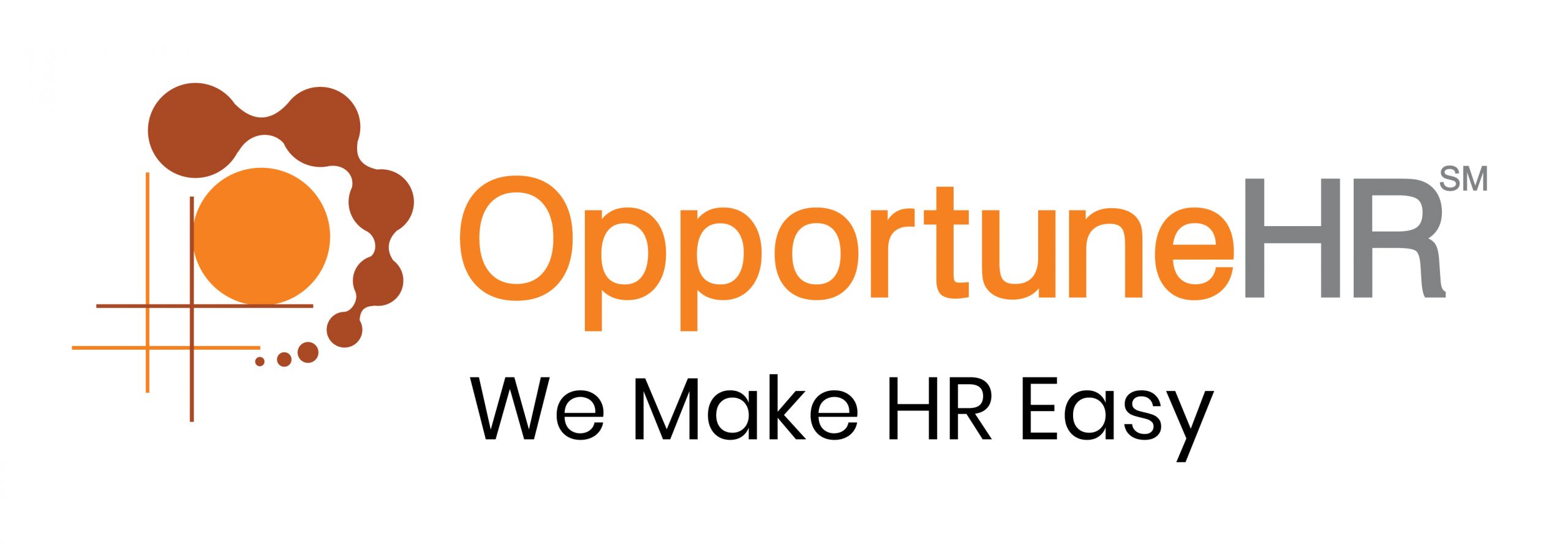Remote working has been the need of the hour, and it is here to stay. A McKinsey report suggests, “post-pandemic, given a choice, more than 50 percent of the workforce would like working from home for at least three days a week and one-third of the workforce would like working full-time remotely.” HR professionals must therefore deeply explore this vertical for employee training, onboarding, and particularly employee engagement through remote channels.
What is employee engagement, and what has changed?
Employee engagement is a significant element that defines your organisation’s success through a worker’s dedication and enthusiasm towards their work. This HR concept considers an employee’s emotional and mental connection to their work and fellow workers. That said, in today’s hybrid and fully remote work culture, employee engagement has become very tricky and comes with its own challenges.
Today, employers and HR personnel are busy trying to devise a solution for employee engagement in a remote environment. HR professionals globally are trying to implement new employee engagement methods and enhance the remote employee experience.
Here are a few suggestions that could increase employee performance through remote employee engagement channels:
Create seamless communication systems
Communication can be an overlooked area in team productivity, especially in physical workplaces. Since all employees are present in a physical space, communicating is much easier and seamless. However, remote work culture calls extra attention to this element. The lack of essential infrastructure for employee communication in a remote setup can lead to low productivity.
HR professionals need to strategize and utilize communication tools for seamless communication. These can improve transparency, all while eliminating possible distractions.
- An in-house employee portal can enhance remote team productivity. Make effective use of such channels to communicate, rather than conventional emails.
- Use a mix of technologies for group communication, one-on-one meeting, and inter-department communication. Ensure these technologies are user-friendly. You can opt for popular tools like Slack, Zoom, and Google Meet. Also, encourage cloud usage for file sharing and seamless workflow.
- Video conferencing tools and screen sharing options offer a great work experience to remote employees and lead to a collaborative experience for remote and in-house members.
Encourage social interactions

Most remote employees struggle with feelings of alienation and loneliness. This can impact their productivity and affect teamwork. So, it is essential to create team-building activities that engage all employees, not just the office workers.
- Virtual coffee breaks or lunch sessions can help team members to unwind. Imagine a zoom meeting not about work, but about sharing their life experiences. It also fosters morale and acts as a significant team-building session.
- Have theme-based video meetings. Make different people the owner or the leader of a session. Give them moderation and admin rights.
Practice sustainable management methods
Most managers face difficulty tracking employee progress and productivity in a remote setting. Managers miss one-on-one and in-person interactions and fail to check employee productivity levels in remote work settings. One common misconception about remote workers is that these employees are lazy and slack off. This eventually makes it difficult for employees to work comfortably.
- Create performance measurement methods for remote employees by implementing an efficient goal setting by defining KPIs, OKRs, and scrums, ultimately offering freedom to remote workers. This reduces the need to micromanage employees.
- Discuss employee expectations like break timings, working hours, and other goals (employee and organisation). These are prominent and will help managers to establish certain boundaries while working with remote staff.
- Introduce structures that make up for the remote presence by presenting regular check-ins, meetings, and clear and concise SOPs.
Recognize employee accomplishments
It is essential to recognize and appreciate remote employees just like in-office workers. Studies suggest employees desire appreciation and recognition more while working remotely. Since these reward programs mostly have a physical and in-house structure, it is prominent to implement strategies that recognize your remote workforce.
- Ensure even remote or off-site groups are recognized and appreciated for their efforts. It fosters team spirit and helps everyone to feel more connected.
Other ways of employee engagement
- Prioritizing employee health ensures high productivity as research indicates employee engagement directly relates to their well-being. It is essential to focus on your worker’s physical and mental well-being and offer solutions beyond health insurance. Minor factors like mini social breaks, remote WFH setup assistance, wellness seminars, counselor support, etc., are a few suggestions.
- Encourage feedback by communicating with your remote workforce and informing them how their feedback is valuable. It makes the employees happy and valued, ultimately increasing engagement.
- Offer hybrid work flexibility to employees like a 3-day work-from-home option. This helps employees connect with their peers at the office and improve team bonding. It also ensures high employee productivity when they work at home since it reduces their stress and makes them happy.
- Provide career development opportunities to employees, like online training courses. It makes the employees happy as you encourage them to move up the corporate ladder.
Remote work is the future!
While engagement of employees in the office is well understood, engagement with remote employees is still not that well established. That’s why HR teams must evolve their own remote worker engagement programs, as per organisational culture and policies.
The most important factor is that remotely working employees should feel they are as much part of the organisation as the people in office








